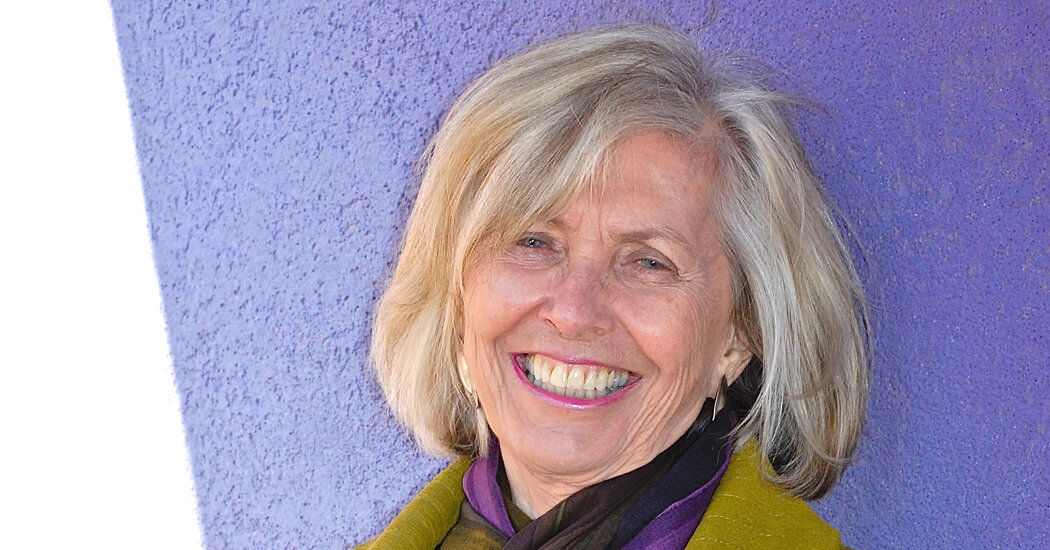
Ms. McCorduck’s “powers of observation” and “conversational style” raised her book above others that have in the years since tried to explain artificial intelligence to a broad audience, Philip Mirowski wrote in AI Magazine in a review of the 25th-anniversary edition of “Machines Who Think,” which included a long addendum updating A.I.’s history through 2004.
Pamela Ann McCorduck was born on Oct. 27, 1940, in Liverpool, England, as the city was being bombed by the German Luftwaffe. When she was 6 she left for the United States with her parents, Jack and Hilda (Bond) McCorduck, and her two younger siblings, who are twins.
Her father owned beauty colleges, where her mother was a beautician and teacher. The family settled first in Stamford, Conn., before moving several times. She graduated from high school in Rutherford, N.J., and received a bachelor’s degree in English composition and literature from Berkeley in 1960. Ten years later she earned a master’s in English literature at Columbia University.
“Computers & Thought,” the result of her work with Professors Feigenbaum and Feldman, was published in 1963. She called herself a “gofer” to them, but Professor Feigenbaum said that she had been essential to their project. She continued her association with Professor Feigenbaum as his executive assistant for several years after he left Berkeley for Stanford University in 1965 to help start its computer science department and to direct the Stanford Computation Center.
She met Professor Traub at Stanford, and they married in 1969. (Her first marriage, to Thomas Tellefsen, had ended in divorce.) The next year they moved to Seattle, where he taught at the University of Washington; a year after that they moved to Pittsburgh. Around that time she published two novels: “Familiar Relations” (1971), the story of a family set in Liverpool in 1944, and “Working to the End” (1972), about a brilliant woman scientist in a love triangle with her brother-in-law.
At Carnegie Mellon, where she taught in the English department, Ms. McCorduck got to know the computer scientists working on artificial intelligence and became particularly close with Professor Simon, who helped pioneer the idea that computers can exhibit artificial intelligence that mirrors human thinking.
She often offered Professor Simon a glass of sherry when he walked past her house in Pittsburgh on his way home, and they discussed artificial intelligence, linguistics, music and art, she said in an oral history interview with Carnegie Mellon in 2019.



